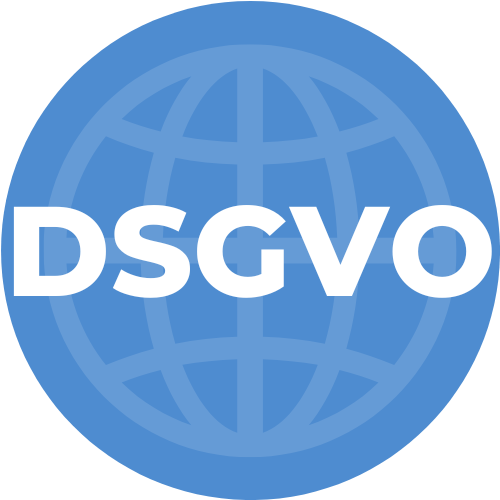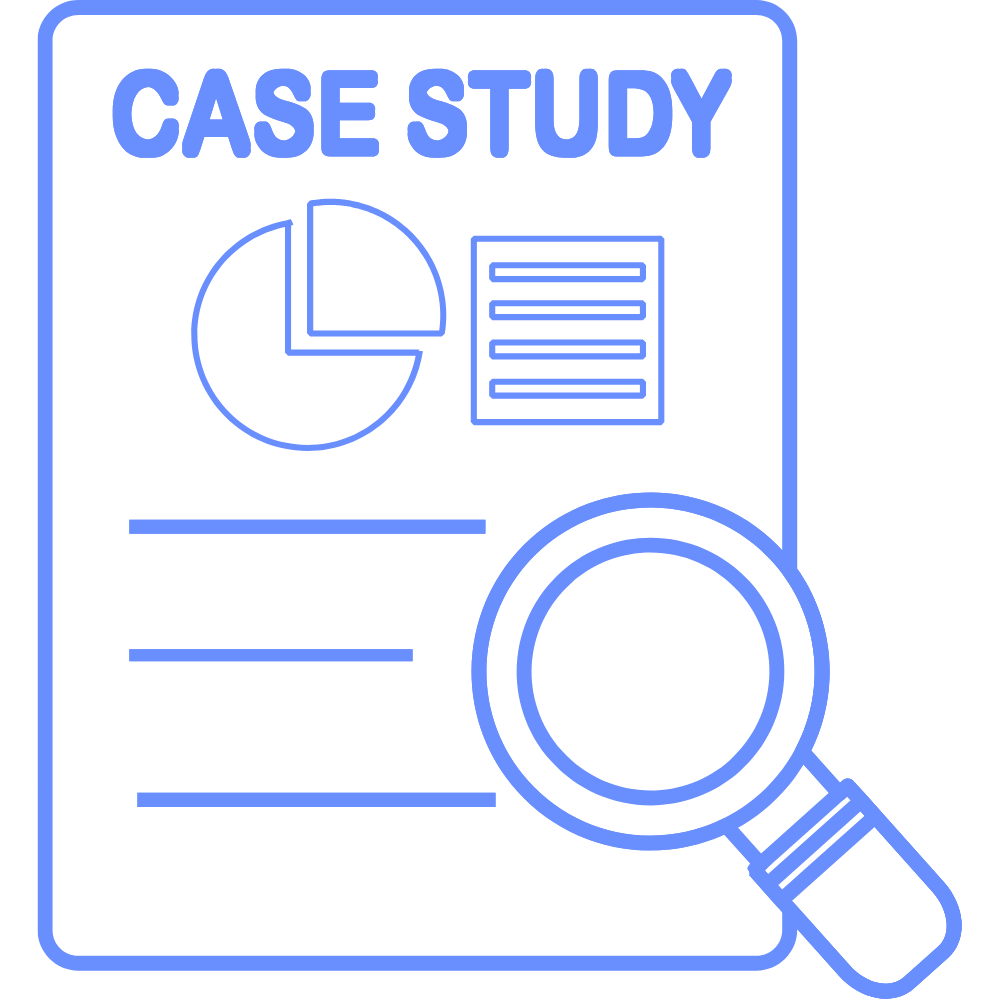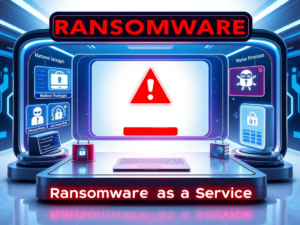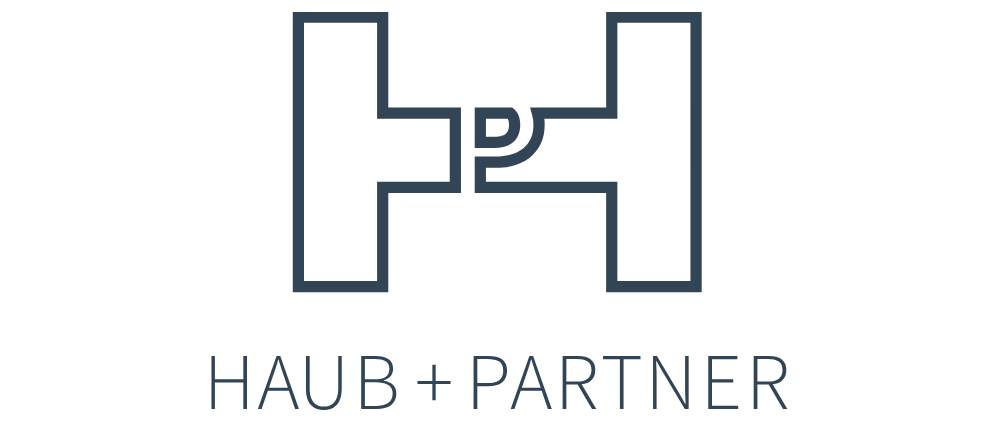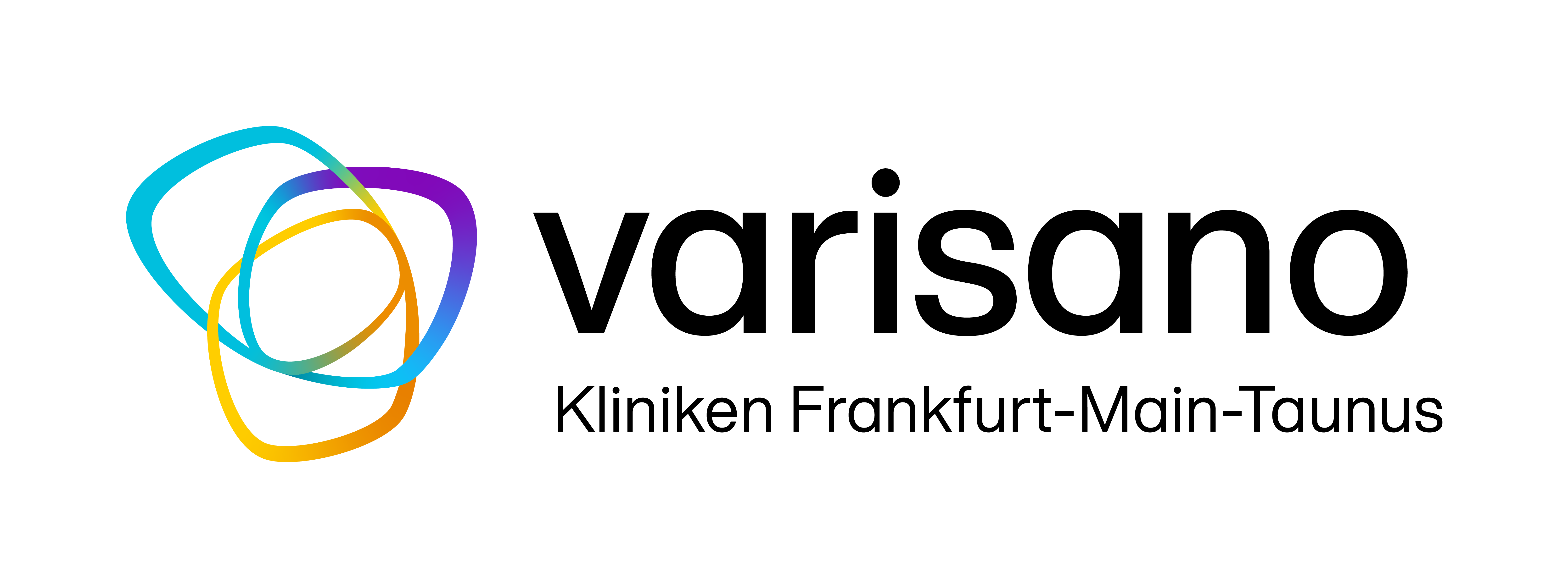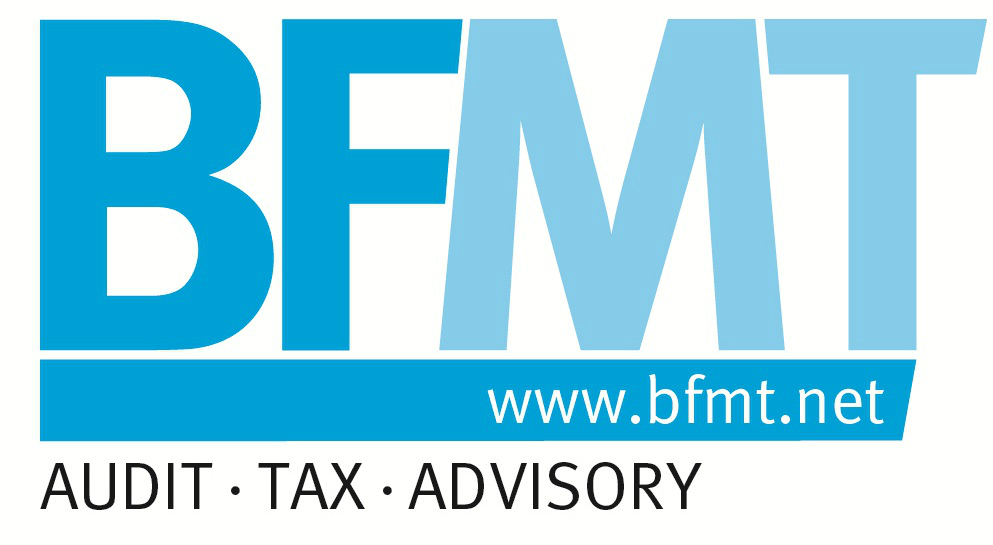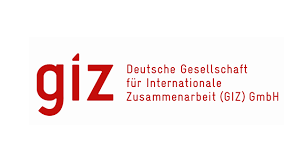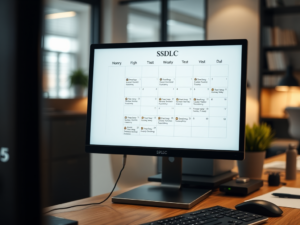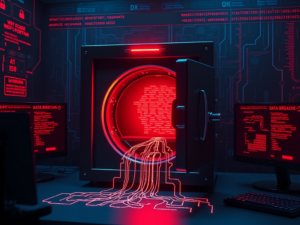What is the Secure Software Development Lifecycle (SSDLC)?
Challenges of conventional development processes
The development of secure software is crucial for the protection of company data and IT systems. However, conventional development processes often focus on functionality and efficiency – security aspects are often only considered shortly before project completion.
What is the Secure Software Development Lifecycle (SSDLC)?
The Secure Software Development Lifecycle (SSDLC) extends the classic Software Development Lifecycle (SDLC) with integrated security measures in every phase of software development.
Why is SSDLC important for ISO 27001 and C5 certifications?
SSDLC promotes a “security by design” approach and ensures that security vulnerabilities are identified and rectified at an early stage.
Companies that arecertified according to ISO 27001, C5 or SOC 2 benefit considerably from the SSDLC, as these standards require an end-to-end security strategy in software development.
Why is the SSDLC indispensable for companies?
Errors in software development are a popular target for cyber criminals. Without an integrated approach to security, there is a threat:
- Zero-day vulnerabilitiesexploited by attackers before a patch is available
- Data loss due to incorrect access rights or unsecured interfaces
- Compliance violations against standards such as ISO 27001, C5 and SOC 2
- Financial losses due to subsequent troubleshooting and security gaps
The SSDLC minimizes these risks by integrating security measures directly into the development process.
The phases of the Secure Software Development Lifecycle (SSDLC)
A successful SSDLC consists of several phases in which security measures are consistently implemented.
1. planning and requirements analysis
- Identify potential security risks in the planning phase and define security requirements.
- Take into account compliance requirements such as ISO 27001, C5 and SOC 2.
- Define guidelines for secure data processing, access control and encryption.
→ These measures fulfill key requirements of the ISO 27001 ISMS and the BSI Cloud Guidelines.
2. design and architecture
- Develop a security concept that includes threat models, access policies and authentication processes.
- Use threat modeling techniques to identify potential vulnerabilities and plan appropriate protective measures.
→ Companies with Microsoft C5 certification benefit from detailed security requirements for cloud-based software.
3. implementation and development
- Integrate security guidelines directly into the code.
- Use static code analysis tools to detect security vulnerabilities at an early stage.
- Implement input validation, encryption and error handling in accordance with the requirements of ISO 27001, C5 and SOC 2.
→ Automated security controls support the fulfillment of BSI Cloud and Microsoft C5 certification requirements.
4th test phase
- Perform comprehensive security tests such as penetration tests, vulnerability scans and code analyses.
- Simulate attacks to uncover potential vulnerabilities.
→ These measures fulfill key requirements of ISO 27001, C5 and SOC 2 in the area of security testing.
5. deployment and provision
- Implement security controls during deployment to prevent configuration errors and open ports.
- Use Infrastructure as Code (IaC) to provide cloud infrastructures securely and consistently.
→ Companies with a C5 certification benefit from secure deployment standards.
6. operation and monitoring
- Continuously monitor the security of your applications using automated tools and SIEM systems.
- Respond quickly to security alerts and implement updates and patches promptly.
→ This is crucial for companies with ISO 27001 and SOC 2 certification.
7. maintenance and optimization
- Carry out regular security updates and check the source code for new vulnerabilities.
- Implement security reviews after every update or new feature.
SSDLC and the link to ISO 27001, C5 and SOC 2
ISO 27001 and SSDLC
- ISO 27001 requires the integration of security measures in all phases of software development.
- SSDLC helps companies to implement the security controls (A.14) for the development of secure applications.
C5 and SSDLC
- The BSI’sC5 standard requires clear security measures for cloud applications and cloud infrastructures.
- SSDLC helps companies to develop cloud software securely and meet the requirements of the C5 certificate.
SOC 2 and SSDLC
- The SOC 2 standard requires strict control over the development process in order to comply with data protection and security guidelines.
- SSDLC documents security measures seamlessly, making it easier to prepare for SOC 2 audits.
Best practices for the implementation of the SSDLC
1. establish a safety culture
- Promote a security culture in which developers, security experts and project managers work together on secure applications.
- Train your development team in the best practices of ISO 27001 and C5.
2. integrate security tools into the development process
Use automated tools to:
- Static code analysis (to identify vulnerabilities in the source code)
- Dependency scanning (to check external libraries for security vulnerabilities)
- Container security (to protect cloud-native applications)
→ These tools help companies to effectively implement the requirements of ISO 27001, C5 and SOC 2.
3. implement security controls at an early stage (Shift Left)
- Integrate security measures as early as the design and development phase.
- The earlier weak points are identified, the more cost-effectively and efficiently they can be rectified.
4. documentation and audit preparation
- Document all security-relevant measures and adjustments in the development process.
- This helps companies to provide evidence for ISO 27001, C5 and SOC 2 audits.
SSDLC as the key to secure software development
A Secure Software Development Lifecycle (SSDLC) protects companies from security vulnerabilities and attacks by integrating security measures into the development process right from the start.
SSDLC offers decisive advantages for companies with ISO 27001, C5 or SOC 2 certification:
- Early detection and elimination of security vulnerabilities
- Fulfillment of compliance requirements and security guidelines
- Ensuring the integrity and availability of applications
Companies that rely on SSDLC significantly reduce their risk of security incidents and protect their data and systems at the same time.
Contact us for your security strategy!
Would you like to implement the Secure Software Development Lifecycle (SSDLC) and meet the requirements of ISO 27001, C5 or SOC 2? We can support you.
- E-mail: hello@secaas.it
- Phone: +49 69 5060 75080
- Website: https://security-as-a-service.io




